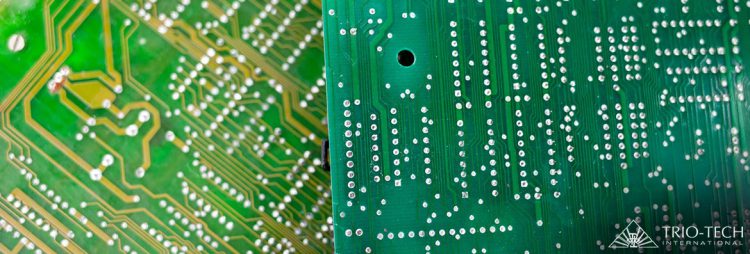Imagine buying an expensive device only to have it break down within a few months of your purchase. This scenario is undoubtedly vexing for any consumer. Perhaps frustrating enough to leave a bad review? It is definitely possible. Therefore, it is imperative for businesses to enhance consumer experiences by reducing the failure rate of their products. This can be achieved by conducting extensive reliability testing.
The quality assurance process is undoubtedly an essential one in the manufacturing industry. However, with the different reliability test services available on the market, it is natural for you to feel overwhelmed by the options and be at a loss as to which test is designed for what purpose. Let us help in this regard by exploring the different reliability test services offered by Trio-Tech International.
Vibration tests

Vibration testing includes the shocking or shaking of the devices to ensure the components within can withstand the extreme vibrational conditions they are exposed to when transported via air, sea, or land. The three common vibration tests performed on electronic devices are shipping, performance, and endurance vibration. Each assessment is designed to simulate and test different aspects of the equipment.
Shipping vibration is developed to replicate a real-life environment, where the devices are transported using a train or truck. The equipment is packed to resemble its final packaging and exposed to similar vibrational conditions during transport. After the assessment is completed, the technician will check for any internal or external damages to determine if the products pass the test.
As for the performance and endurance vibration tests, these assessments are designed to examine the efficiency of the device. The former is conducted to determine the functional performance of the equipment, while the latter is done to inspect the performance of the device when it is vibrated at its resonant frequency.
Mechanical shock tests
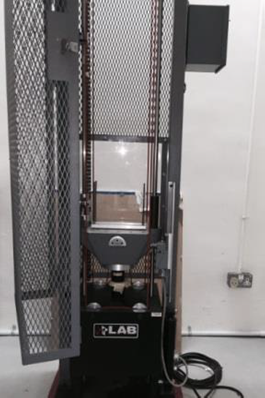
When a device is shipped from one location to another, it may also experience drops or impact damage due to abrupt changes in motion produced during transportation. This is why reliability test services like mechanical shock tests are crucial to evaluate the reliability of the device when it is subjected to severe shocks.
External visual inspection is conducted after each assessment to determine if the impact has any effect on the device. This analysis and any additional reviews are typically carried out after the completion of the final cycle of tests. Failure of any specified measurements or detection of any damage or defects to the leads, seals, and case means that the product has failed the assessment.
Highly accelerated tests
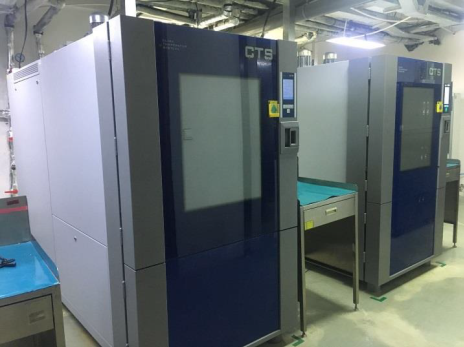
One of the most efficient ways to inspect the reliability of a device is to perform stress testing and expose the components to intense conditions. Accelerated tests, and HTOL testing, simulate conditions – like extreme humidity, temperature, and voltage – that could lead to the imminent breakdown of a product.
During these assessments, the equipment is carefully studied in the simulated environment to understand how the components react to extreme conditions. To carry out these test services, you will require specialised environmental chambers, such as HAST.
Humidity and corrosion
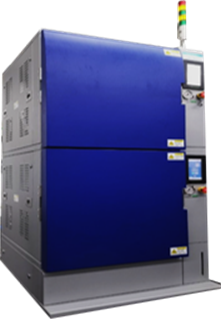
In warm and humid Singapore, it is crucial to conduct various reliability test services that assess a device’s capability to perform in a humid environment. These tests are carried out to ensure that the exposed conductors will not corrode in humid conditions. Some materials used in the manufacturing process, like copper, will oxidise when exposed to water or air for a prolonged period. Therefore, any exposed copper must be plated with an oxidation-resistant alloy.
Thermal shock and cycling
Thermal testing is usually carried out separately from humidity testing. A typical test environment may involve the repeated adjustment of the board temperature to determine how thermal expansion and contraction affect the components’ reliability.
The device is subjected to extreme cold (below freezing point) and heat (above 100°C) in a single test chamber, with the temperature fluctuating from one extreme to the other. During the expansion/contraction process, high stress is placed on the solder points and conductors, which accelerates the lifetime of the product. This allows technicians to identify any mechanical failure points in these components.
Burn-in testing
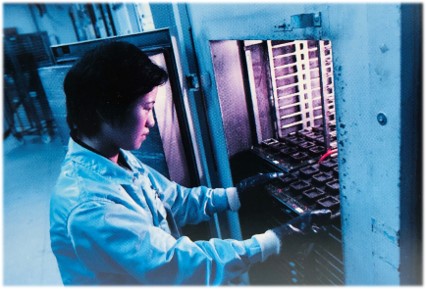
Burn-in tests share many similarities with other forms of accelerated testing like HALT and HASS. This assessment also involves subjecting the device to intense conditions – like extreme voltages and temperatures – to detect early component failures.
During the testing process, the component failure rate over time is tracked and plotted by technicians in the form of a bathtub-shaped curve. By analysing these readings, manufacturers can improve upon the design of the tested components, thereby increasing product reliability.
There are numerous ways to examine the reliability of an electronic device. And the various reliability test services we provide allow manufacturers to cover multiple scenarios. So you should be deliberate with your testing to ascertain the ideal approach to meet your objectives.
With a clear objective, you can ensure that the data collected from these assessments can aid in the refinement of your manufacturing processes and designs, resulting in more reliable products on the shelf. Once you have determined your testing needs, do not hesitate to approach us for assistance with your reliability testing.


